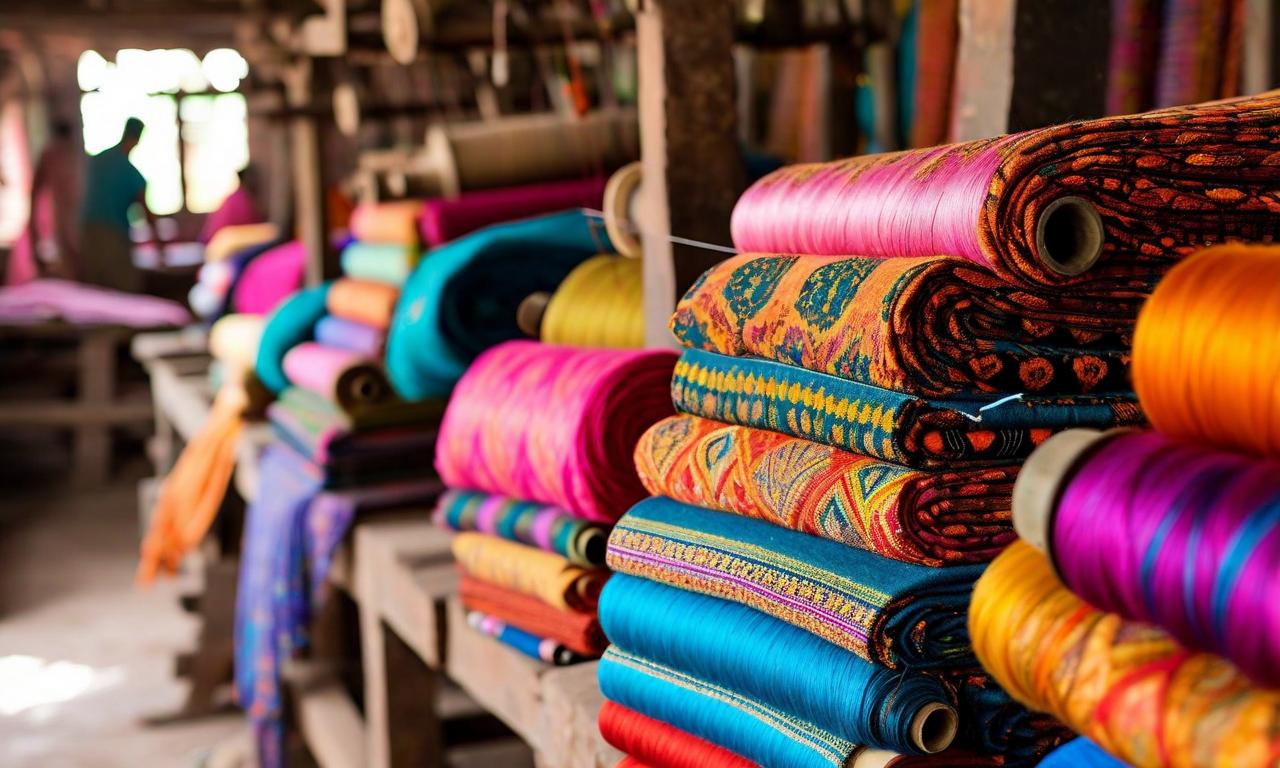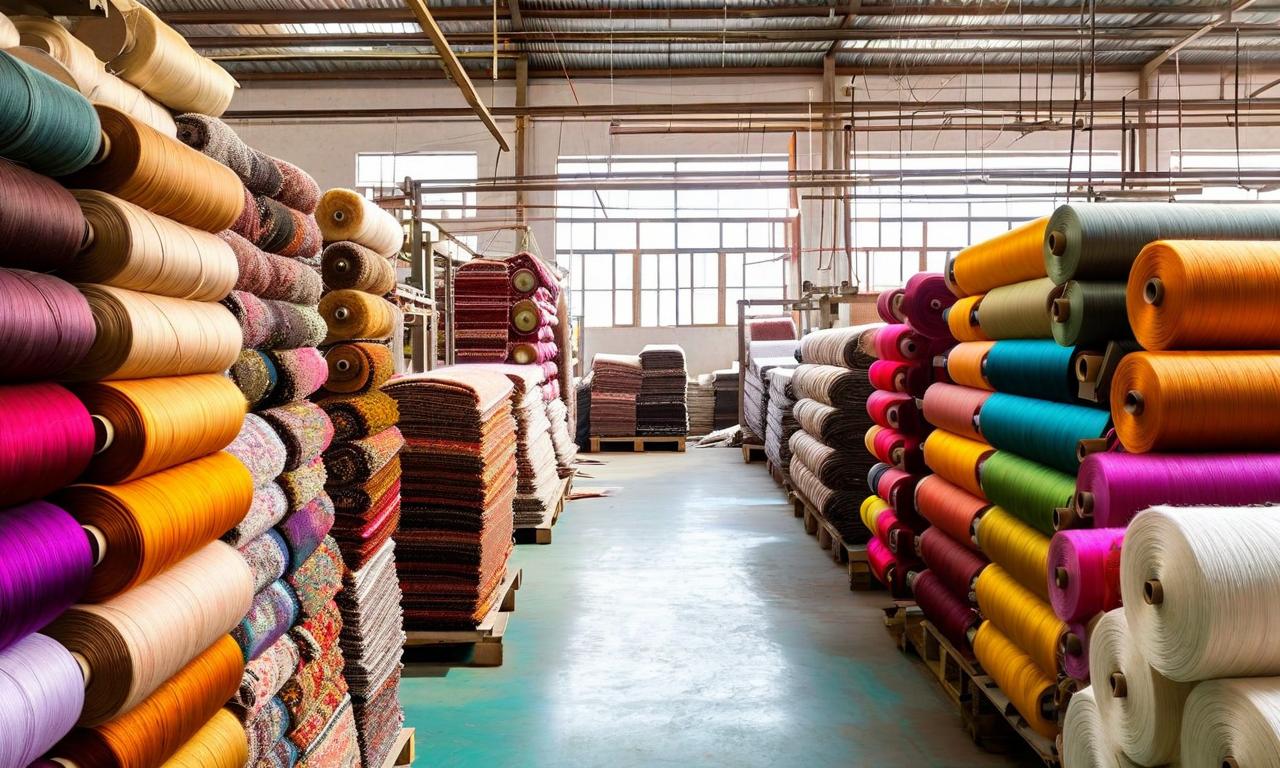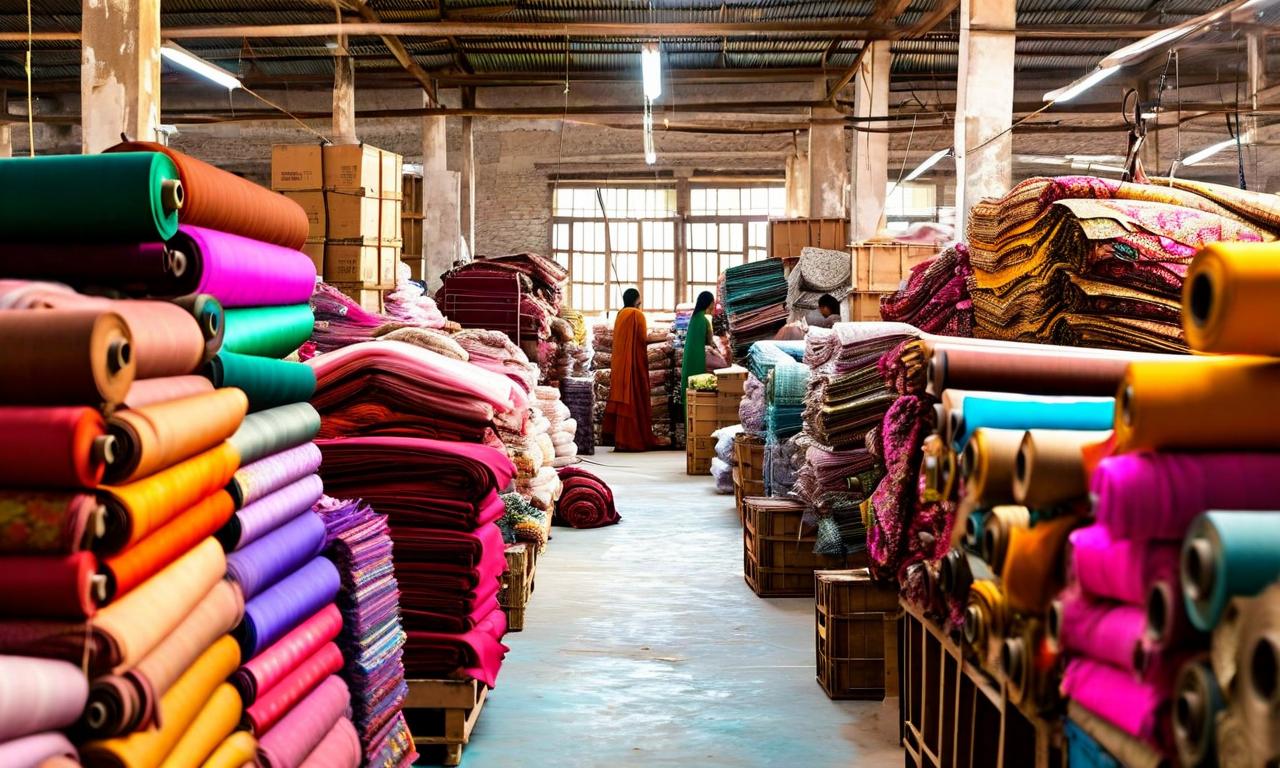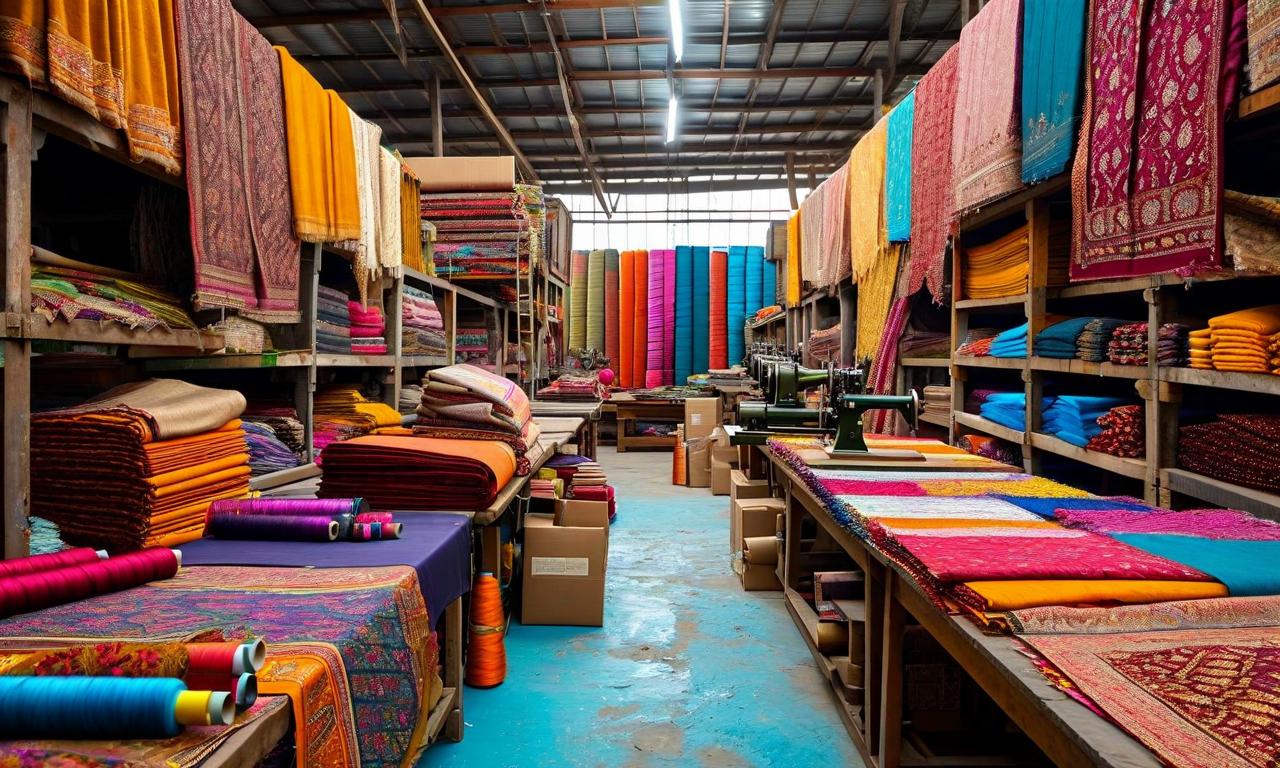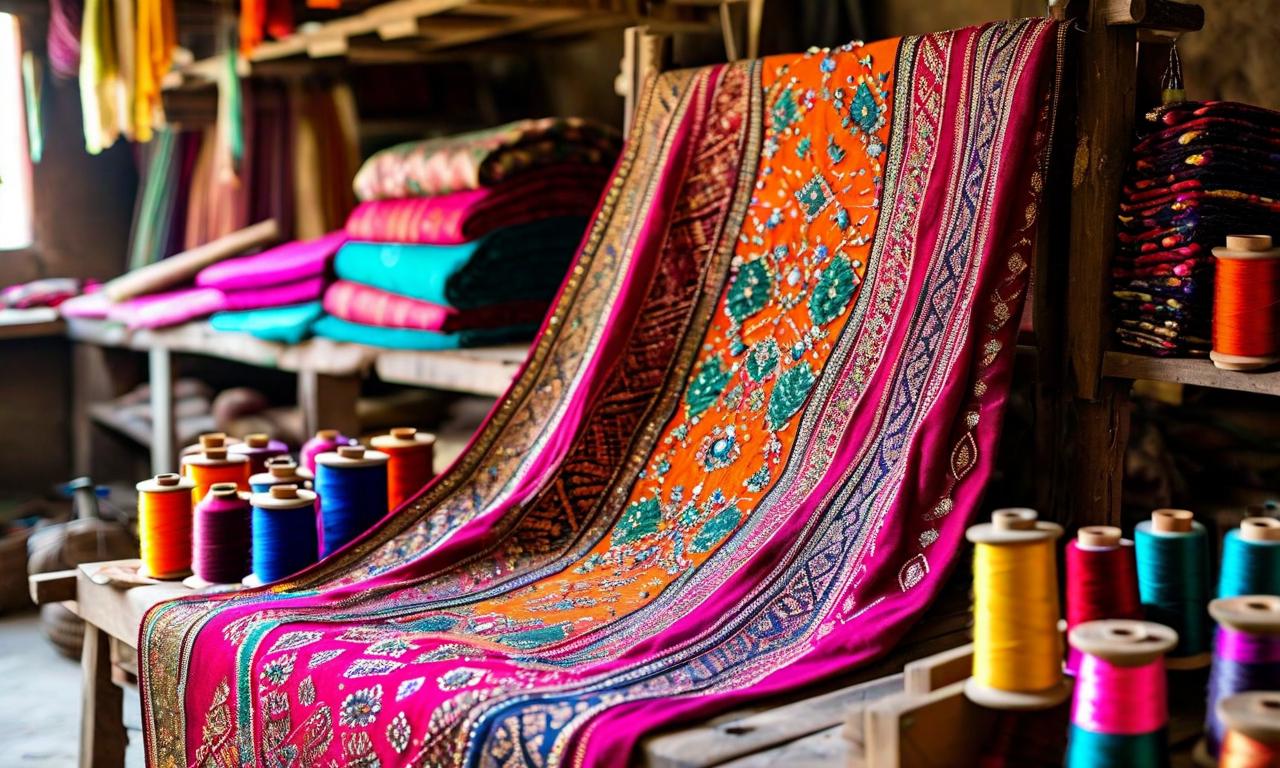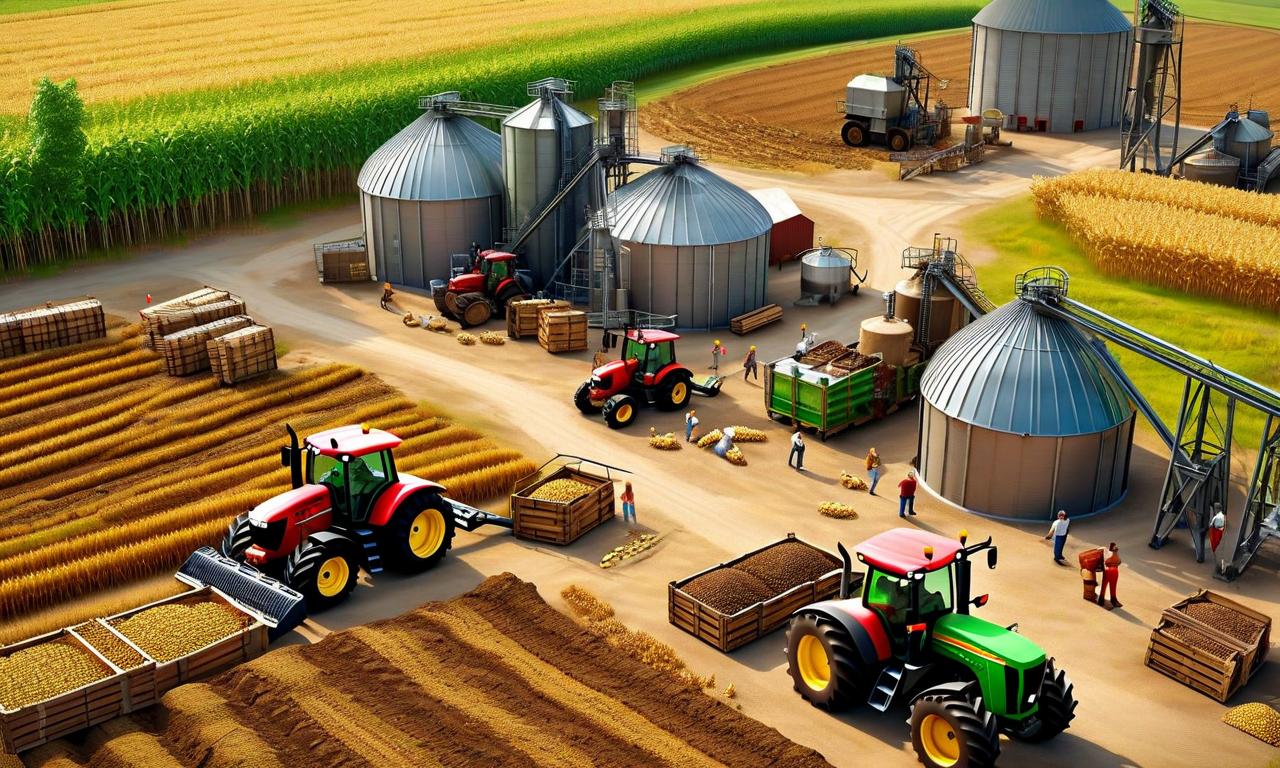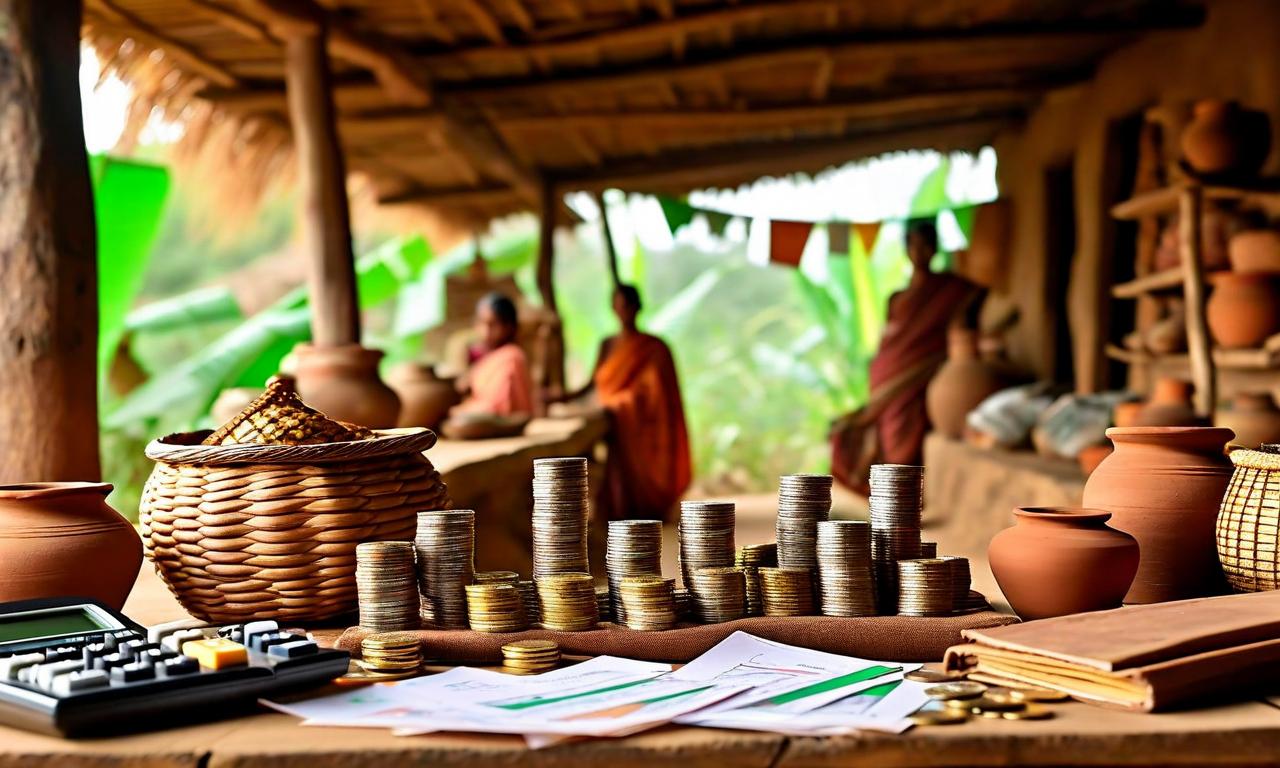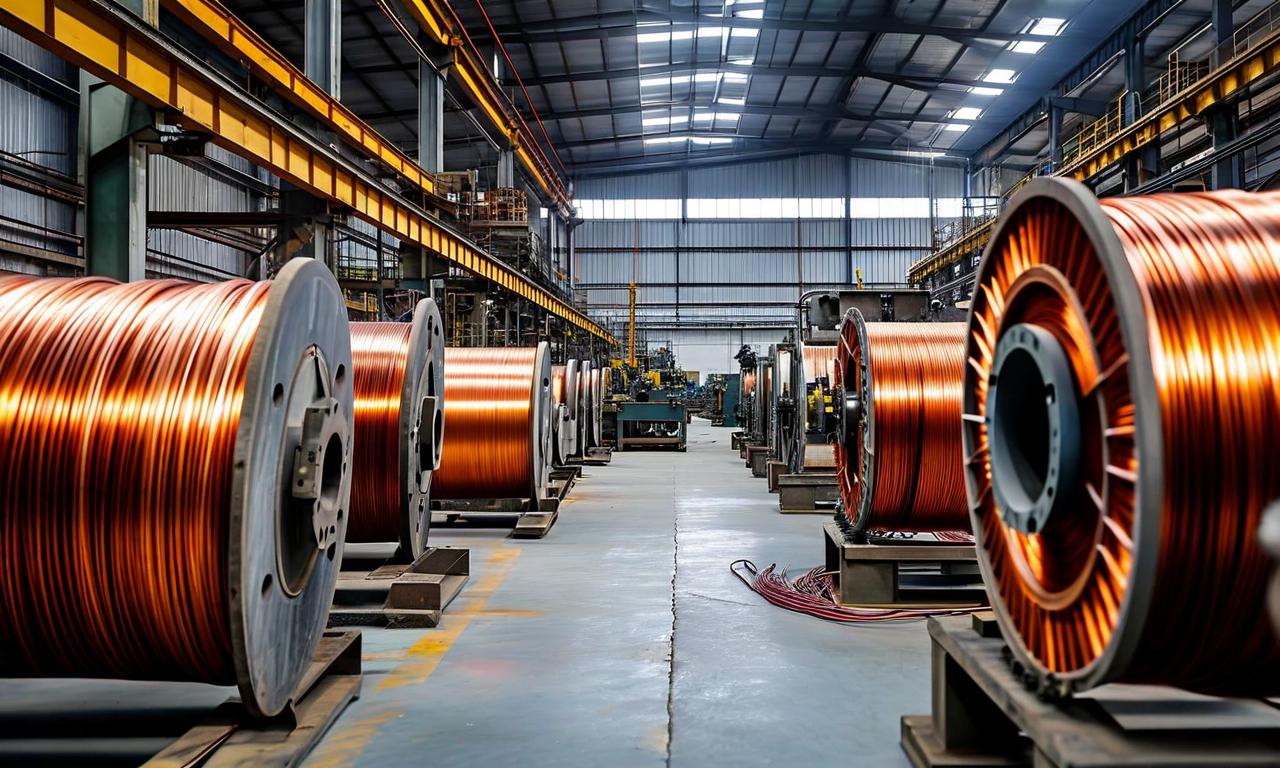India Targets 40 New Markets for Textile Exports Amid US Tariff Challenges
India is exploring export opportunities in 40 new countries for its textile industry, following the US imposition of a 50% tariff on Indian goods. These countries represent a $600 billion market in textile and apparel imports. India plans to leverage free trade agreements with 15 countries to boost exports. The US tariffs affect Indian exports worth over ₹4 lakh crore across multiple sectors. India's textile and apparel sector, valued at ₹14.90 lakh crore, holds a 4.10% share in global textile trade and ranks 6th in global textile exports. Despite challenges, the government assures no job losses in the textile sector, which is India's second-largest employer after agriculture.
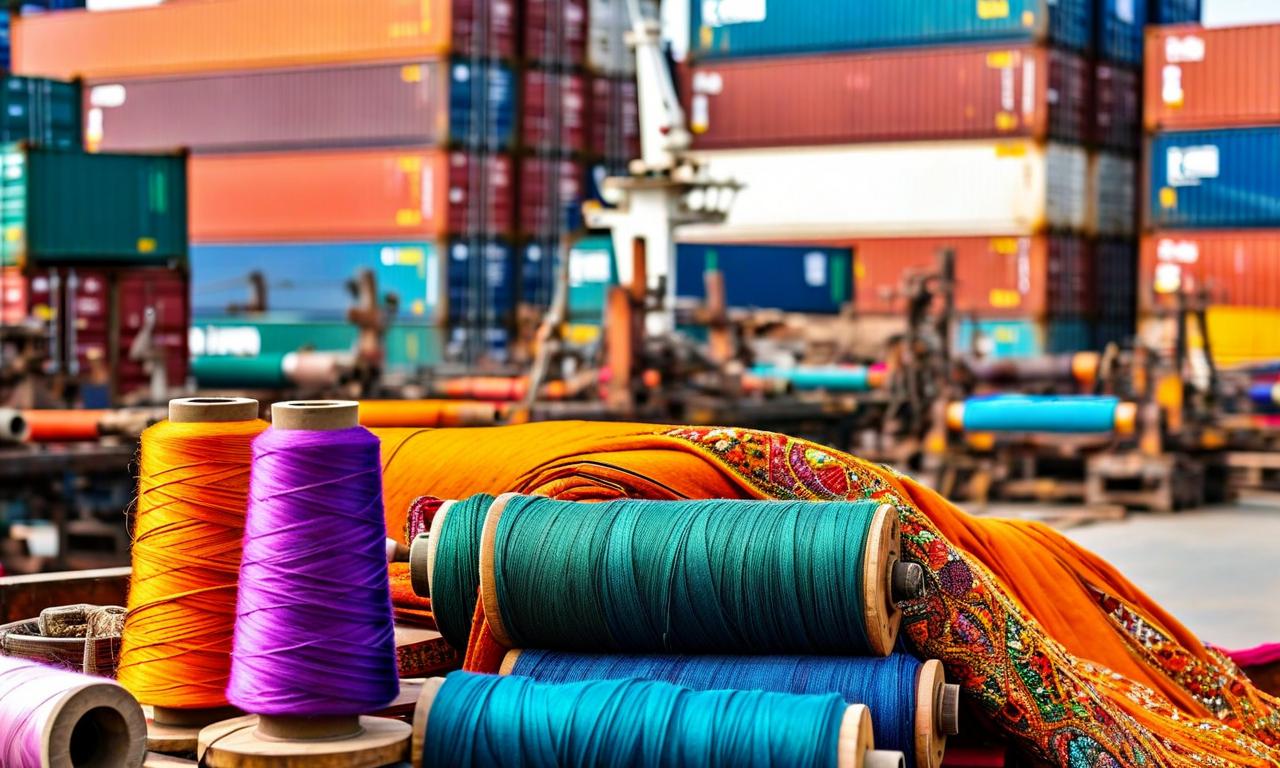
*this image is generated using AI for illustrative purposes only.
In a strategic move to bolster its textile industry, India is setting its sights on 40 new countries for export opportunities, following the United States' imposition of a 50% tariff on Indian goods. This development marks a significant shift in India's textile export strategy, as the sector grapples with potential market disruptions.
Exploring New Horizons
Union Minister Giriraj Singh revealed that the 40 countries under consideration represent a substantial market, with nearly $600 billion in textile and apparel imports. This initiative demonstrates India's proactive approach to diversifying its export destinations and mitigating the impact of the US tariffs.
Leveraging Free Trade Agreements
To facilitate this expansion, India plans to capitalize on its free trade agreements with 15 countries. These agreements are expected to play a crucial role in boosting textile exports, potentially opening up new avenues for Indian manufacturers and exporters.
Impact of US Tariffs
The 50% tariff imposed by the United States affects Indian exports worth more than ₹4 lakh crore ($48 billion) across multiple sectors. Besides textiles, other affected industries include:
- Gems and jewelry
- Shrimp
- Leather
- Chemicals
- Machinery
This wide-ranging impact underscores the importance of India's efforts to diversify its export markets.
India's Textile Sector: A Snapshot
India's textile and apparel sector is a significant contributor to the national economy:
| Aspect | Value |
|---|---|
| Total Sector Value | ₹14.90 lakh crore |
| Domestic Market | ₹11.80 lakh crore |
| Exports | ₹3.10 lakh crore |
| Share in Global Textile Trade | 4.10% |
| Global Ranking (Textile Exports) | 6th |
| Employment Status | 2nd largest employer |
Maintaining Employment Stability
Despite the challenges posed by the US tariffs, Minister Singh has assured that there will be no job losses in the textiles sector. This commitment is particularly significant given that the textile industry is India's second-largest employer after agriculture.
Global Context
The global textile trade is valued at approximately ₹66.70 lakh crore ($800.77 billion), with India holding a 4.10% share. As the sixth-largest exporter globally, India's push to explore new markets could potentially increase its global market share and offset any losses from the US tariff imposition.
India's strategic pivot towards new export destinations showcases the country's resilience and adaptability in the face of international trade challenges. By leveraging existing trade agreements and exploring untapped markets, India aims to maintain the growth trajectory of its vital textile sector while safeguarding employment in this crucial industry.
